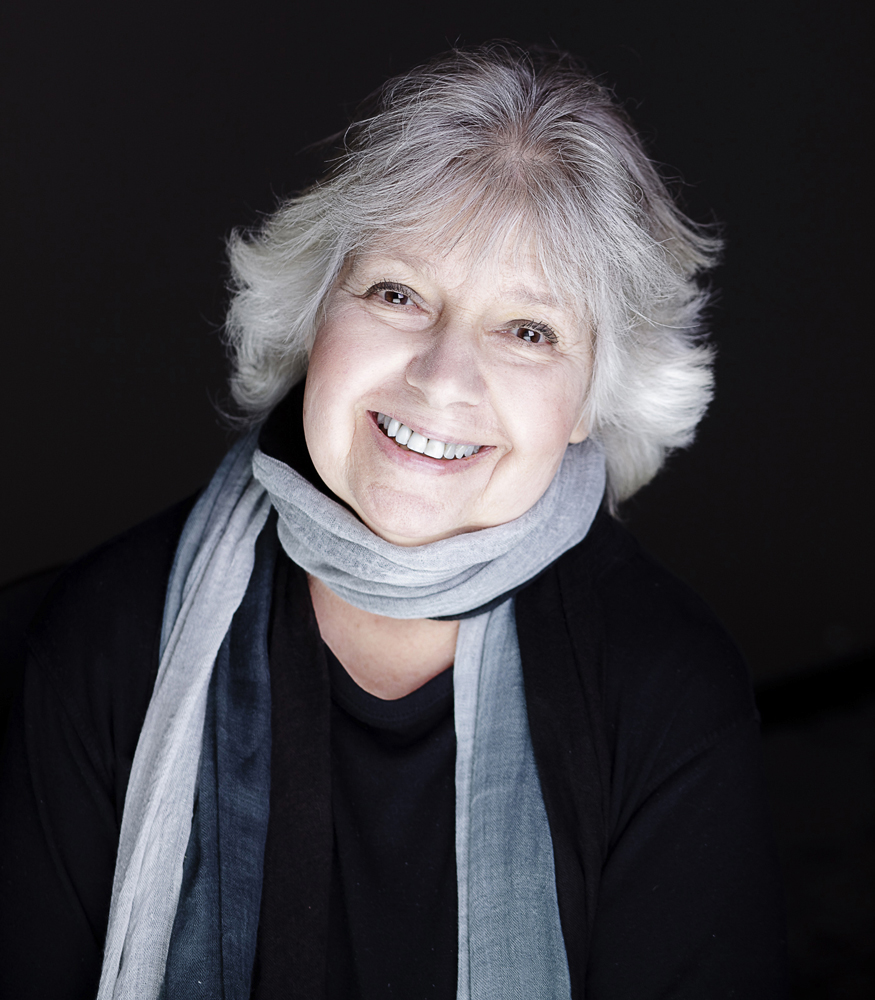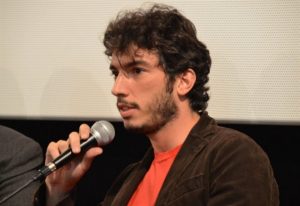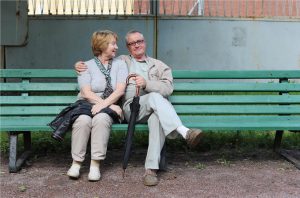Paving the Way
A Profile of a Practitioner by Mary Anne Funk

Robin Morgan, New York City, 2014
I have long admired Robin Morgan. I am inspired by her ongoing commitment to provide a place for the voice of women. Robin is a co-founder of the Women’s Media Center for which she hosts a weekly podcast, WMC Live
Robin uses her online platform to make it possible for generations of women to receive the training and mentorship services she provides through the Women’s Media Center. Robin also helped start a special program called She Source which helps connect women who are experts in a variety of fields and topics with publishers, journalists and talk show hosts who are seeking qualified women with whom they can share their expertise in interviews.
In the following video interview with Pressroom VIP, Robin talks about why she co-founded the Women’s Media Center and the importance of having a media that is diverse.
“The talking heads on the Sunday morning political programs, on all of the interview programs, are 63 percent white and male. That does not reflect reality or the diversity of this country and the strength of this country and the reality felt by most people.”(1:43)
Robin, along with other women, is still standing up against sexism. She is demanding equal pay, equal opportunities and respect for women in the workforce. She is also continuing to pave the way for women to have a voice and presence in our media both in the foreground and behind the scenes.
“Women are the majority of the human species. For us not to be included in all forms of media and in fact a majority voice, is bad for media, it’s bad for journalism, and ultimately it’s bad for democracy” (4:07)

1945, Robin Morgan in The Little Robin Morgan Show
I reached out to Robin’s publicist for an interview with Robin, however, Robin is currently writing a new book and not taking any interviews at this time. I respect her time and while it isn’t able to happen yet, I look forward to the day when I am able to meet and interview her.
I appreciate all that she has done with others to provide a space and place for the voices of girls and women, and the years of work she has put into making my work in this field possible.









